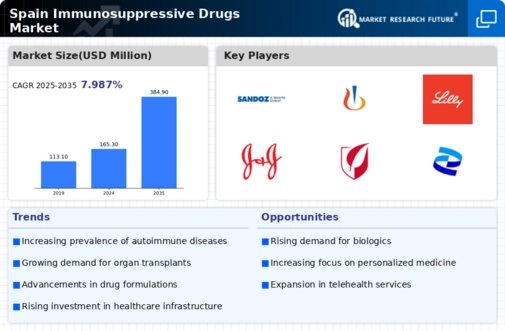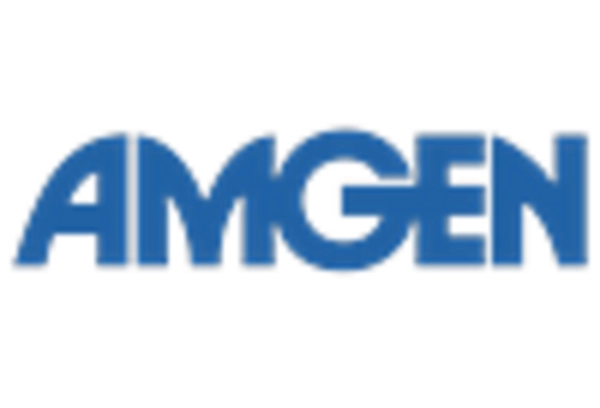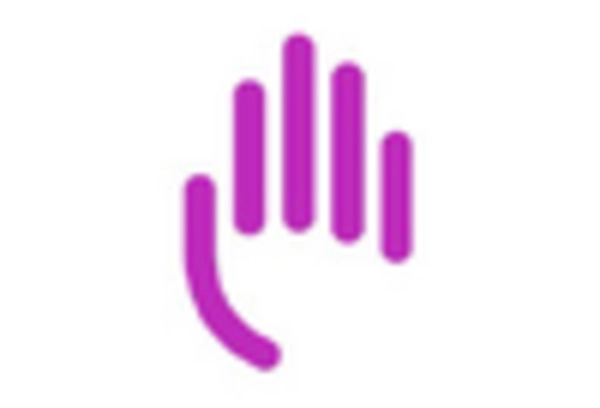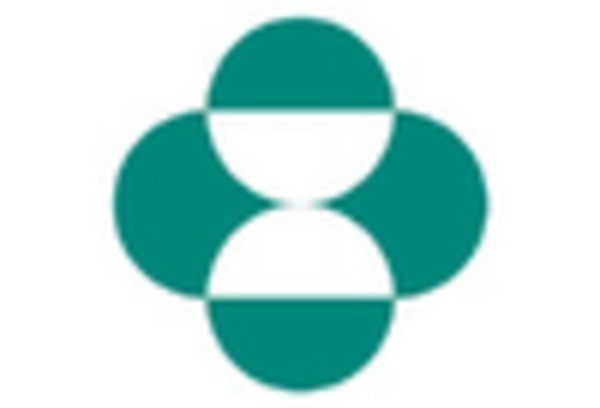Rising Awareness and Education
There is a growing awareness and education regarding autoimmune diseases and the role of immunosuppressive drugs in their management. In Spain, healthcare campaigns and patient education initiatives are becoming more prevalent, leading to increased recognition of symptoms and the importance of early diagnosis. This heightened awareness is encouraging patients to seek medical advice sooner, which is likely to result in a higher demand for immunosuppressive therapies. Additionally, healthcare professionals are receiving more training on the latest treatment protocols, further promoting the use of these drugs. As a result, the immunosuppressive drugs market is expected to experience growth as more patients are diagnosed and treated effectively, ultimately leading to improved health outcomes.
Increasing Healthcare Expenditure
The rise in healthcare expenditure in Spain is a significant driver for the immunosuppressive drugs market. With the government and private sectors allocating more funds towards healthcare, there is a greater emphasis on providing advanced treatment options for chronic diseases. In recent years, healthcare spending in Spain has increased by approximately 4% annually, reflecting a commitment to improving patient outcomes. This increase in funding allows for better access to immunosuppressive therapies, which are often costly but essential for managing autoimmune diseases and organ transplant patients. As healthcare budgets expand, the immunosuppressive drugs market is likely to benefit from enhanced availability and affordability of these critical medications, ultimately improving patient care and treatment adherence.
Regulatory Support for Drug Approvals
Regulatory support for the approval of new immunosuppressive drugs is a vital driver for the market. In Spain, the regulatory framework has been evolving to facilitate faster access to innovative therapies. The Spanish Agency of Medicines and Medical Devices (AEMPS) has implemented measures to streamline the approval process for new drugs, particularly those addressing critical health needs. This supportive environment encourages pharmaceutical companies to invest in research and development, leading to a more robust pipeline of immunosuppressive therapies. As new drugs receive approval, the immunosuppressive drugs market is likely to expand, providing patients with more options for effective treatment. The proactive stance of regulatory bodies in Spain is expected to foster innovation and enhance the overall market landscape.
Advancements in Pharmaceutical Research
Innovations in pharmaceutical research are significantly influencing the immunosuppressive drugs market. The development of novel compounds and improved formulations is enhancing the efficacy and safety profiles of existing therapies. In Spain, research institutions and pharmaceutical companies are increasingly investing in clinical trials aimed at discovering new immunosuppressive agents. This investment is expected to yield promising results, potentially leading to the introduction of advanced therapies that could address unmet medical needs. For instance, the introduction of targeted therapies and biologics has shown great promise in treating complex conditions, which may lead to a projected market growth of approximately 8% annually over the next five years. As these advancements continue, they are likely to reshape the landscape of the immunosuppressive drugs market, offering patients more effective treatment options.
Growing Prevalence of Autoimmune Diseases
The rising incidence of autoimmune diseases in Spain is a crucial driver for the immunosuppressive drugs market. Conditions such as rheumatoid arthritis, lupus, and multiple sclerosis are becoming increasingly common, leading to a heightened demand for effective treatment options. According to recent health statistics, autoimmune diseases affect approximately 5% of the population in Spain, which translates to millions of individuals requiring ongoing medical care. This growing patient population necessitates the development and availability of immunosuppressive therapies, thereby propelling market growth. Furthermore, as awareness of these diseases increases, more patients are seeking medical attention, further driving the demand for immunosuppressive drugs. The healthcare system in Spain is adapting to these needs, which is likely to result in expanded access to these essential medications, thereby enhancing the overall immunosuppressive drugs market.

















Leave a Comment